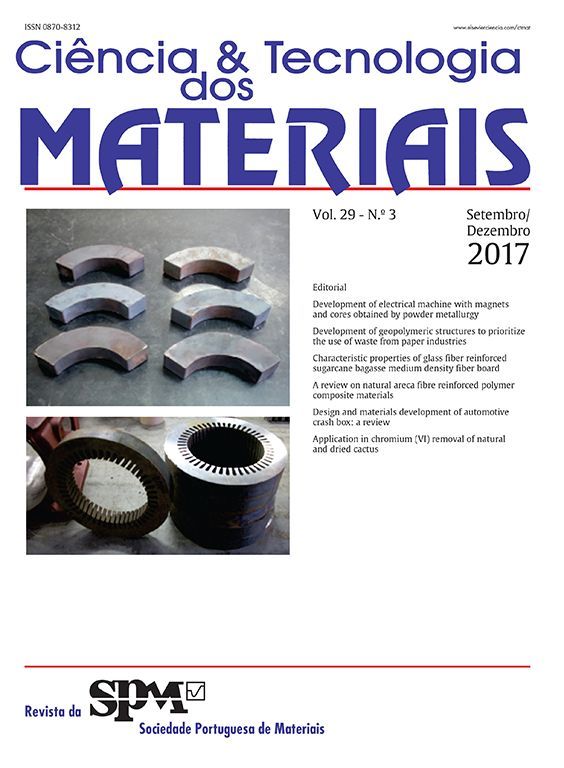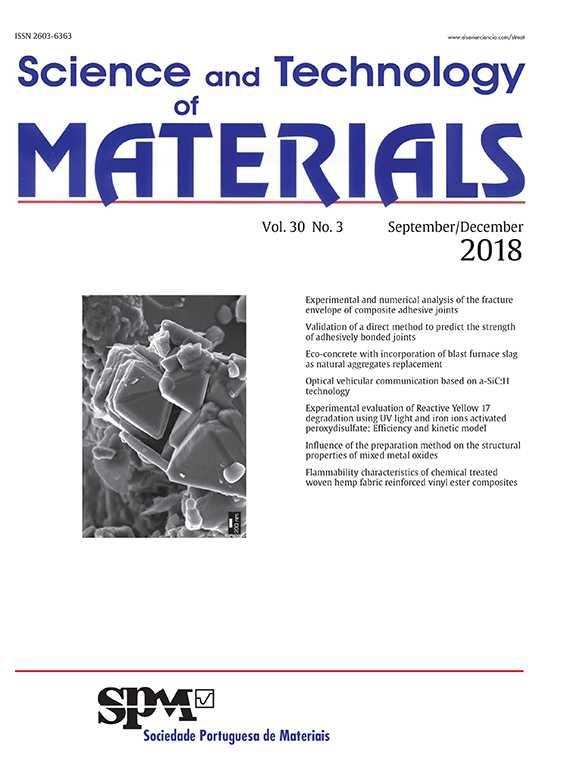Most of titanium aluminide (TiAl) castings used in the automotive and aeronautical industries, such as turbines, are high added- value parts with complex geometries. Due to high reactivity of TiAl cast into ceramic moulds, most of the castings require post- processing in order to remove a brittle surface layer named alpha case. Furthermore, the complex geometry and thin walls of this type of components makes difficult to cast net shape parts; so, near-net shape components with machining allowance are often produced to improve mould filling (better fluidity). To solve this technological limitation, the chemical milling process is used to eliminate this layer and the machining allowance. In bibliography there are only a few systematic studies about the influence of chemical milling in TiAl surface castings. So, this experimental work seeks to contribute to understand the influence of this finishing process on the TiAl castings surface quality (dimensional accuracy, roughness and microhardness) and intends to establish which of the two chemical solutions tested is better for chemical milling of TiAl castings.
Consulte los artículos y contenidos publicados en este medio, además de los e-sumarios de las revistas científicas en el mismo momento de publicación
Esté informado en todo momento gracias a las alertas y novedades
Acceda a promociones exclusivas en suscripciones, lanzamientos y cursos acreditados





